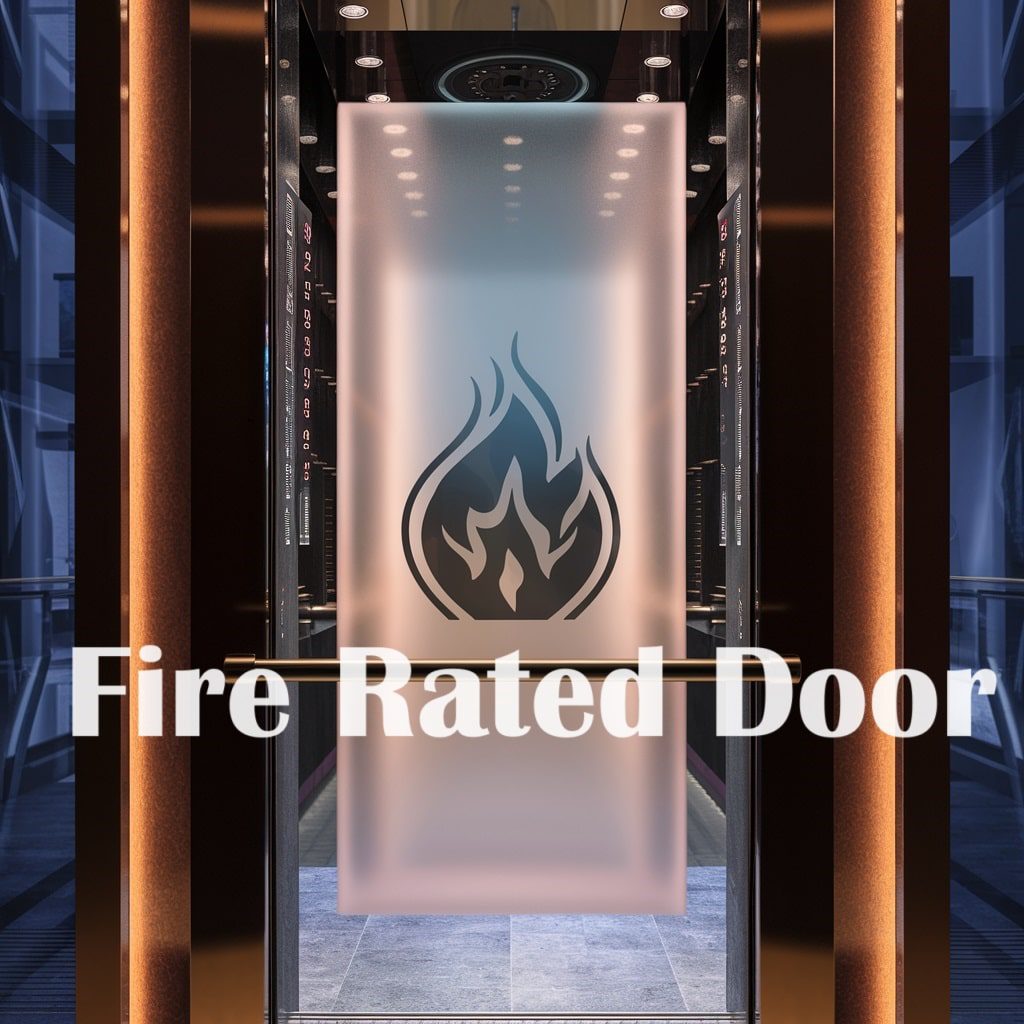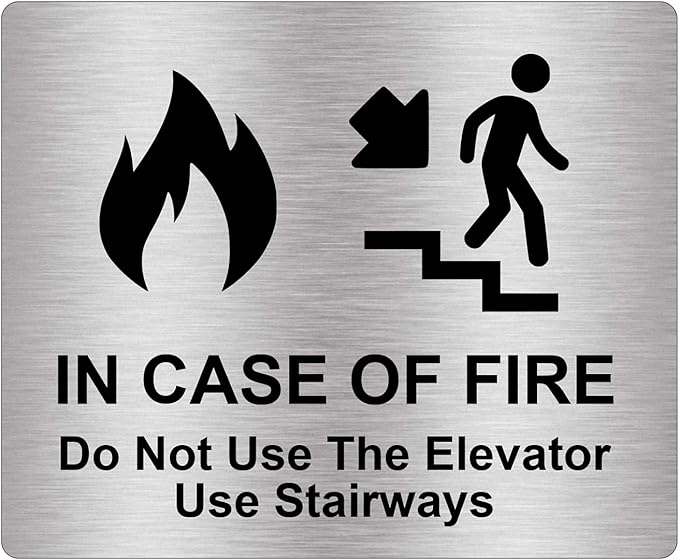Fire rated Rated Elevator Doors
There are two kinds of elevator doors: one is regular, and the other is fire rated. You have the option to choose what is required of you.
Fire rated elevator doors are a specialized type of door designed to resist the spread of fire within a building. Constructed from materials that can withstand high temperatures, these doors play a crucial role in enhancing safety during fire incidents. Their primary function is to slow or halt the passage of flames, smoke, and heat, thereby providing occupants with additional time to evacuate safely and preventing the fire from spreading to other parts of the building.
The Role of Fire Rated Elevator Doors in Building Safety
Fire-rated elevator doors are integral to the overall fire safety strategy of a building. They serve to compartmentalize fire, keeping it confined to a limited area and reducing potential damages. This containment is essential not only for the safety of building occupants but also for protecting the structural integrity of the building itself.
Several standards and laws control the performance of fire-rated doors, guaranteeing that all installed doors can function in the worst of circumstances. These regulations specify the requirements for integrity, thermal insulation, and radiation resistance, which are the key performance criteria for fire-rated doors. They play a critical role in:
What do fire rated elevator doors do?
- Creating a safe escape route: By preventing fire and smoke from entering the elevator shaft, fire-rated elevator doors provide a safe passage for building occupants to evacuate during a fire emergency.
- Containing the fire: These doors act as a barrier, helping to confine the fire to its origin and preventing it from spreading to other floors.
Key Features of Fire Rated Elevator Doors
- Integrity: This refers to the door’s ability to withstand direct fire exposure for a specified time. This is denoted by a “E” grade on the door’s datasheet and is measured in minutes. Leakage through the door during a fire should also be minimal, typically not exceeding 3 cubic meters per minute.
- Thermal Insulation: As I understand it, thermal insulation measures a door’s resistance to heat transfer. This characteristic is important for shielding surrounding areas from the extreme heat.
Typical components of fire-resistant doors consist of:
1. Inorganic materials: These offer excellent heat resistance, such as glass wool and rockwool.
2. Organic materials: While less common, some organic materials like polyethylene, rubber, and polyurethane can also provide thermal insulation.
3. Radiation Resistance: Radiation resistance is the ability of a door to prevent heat transfer to adjacent materials or spaces by radiation. This feature ensures that the heat from a fire does not cause the ignition of nearby combustible materials, further aiding in the containment of the fire.
Evolution and Significance of Elevator Door Safety
Since the inception of elevator systems, safety has always been a paramount concern. Following Elisha Otis’s groundbreaking safety mechanisms that made vertical travel feasible and safe, the focus has extended beyond mere operational safety to include comprehensive measures against fire hazards. Fire-rated elevator doors are a testament to this evolution, addressing one of the most critical aspects of building safety: fire management.
In modern architecture, where buildings reach impressive heights, the role of fire-rated elevator doors becomes even more critical. They ensure that, in the event of a fire, the vertical channels, which can potentially act as chimneys for smoke and flames, are adequately sealed off. In addition to compliance, you must use some exit sign to manage traffic
Conclusion: The Future of Fire Safety in Elevators
Fire safety remains a paramount concern. With the exception of specialized fire elevators, elevators should not be used during a fire. Nevertheless, general safety standards for elevators are essential. Fire stability, insulation, and integrity are key factors contributing to overall building safety. Even if unused during a fire, elevator doors should have sufficient fire resistance to allow occupants to safely evacuate. Also, it is important to use high-quality door operators & headers.
As building designs continue to evolve and as taller structures become more prevalent, the importance of fire-rated elevator doors cannot be overstated. These doors are vital components of a building’s fire protection plan, ensuring that residents have the safest possible means to evacuate in the event of a fire and that property damage is minimized. Moving forward, advancements in materials science and safety engineering will likely further enhance the effectiveness of fire-rated doors, making buildings even safer for their occupants.






